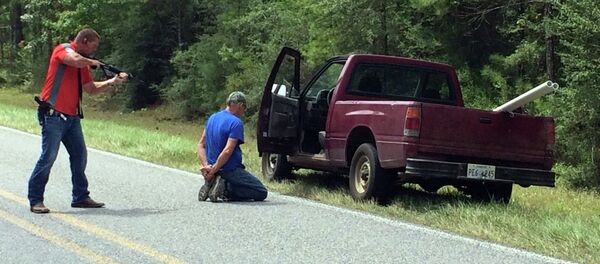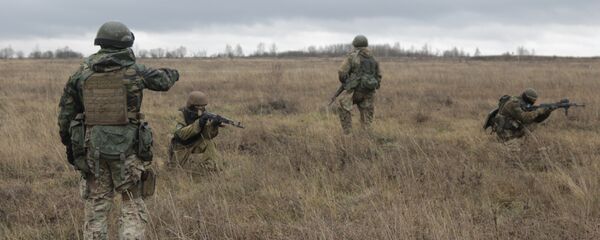The training will be "under realistic scenarios that support full spectrum operations against modern threats," an Air Force spokesperson told the Rapid City Journal.
A battle had been underway for several years to expand the training airspace, making it the largest in the continental United States. Those fighting against it worried that it will disrupt towns, ranches, Native American sites, and civilian flights.
On the other hand, advocates claimed that it will boost military training while saving on jet fuel and other costs. The expansion was passed by the Federal Aviation Administration in March.
This week’s training is expected to be less noisy than those to come in the future, as it will not involve supersonic speeds.
The training exercises are scheduled to take place for only two hours each day, from 10 AM until noon. It is not expected to interrupt local air traffic due to the short duration of the military airspace control, and the altitude at which their planes will be flying.
The training will include F-16 fighter jets, E3 AWACS surveillance and command jets, KC-135 refueling tankers, RC-135 intelligence-gathering planes, and B-1 and B-52 bombers, though Sergeant John Barton told the Bismarck Tribune that there will be little notice of the activities from the ground other than the appearance of contrails from the planes.
“If they’re straight, those are from commercial jets. If it’s us, the contrails will be orbital,” Barton, a spokesman for the Ellsworth Air Force Base in South Dakota told the paper.
The large-scale and intensity of this week’s training is a type that will be limited to only 10 times per year, with each exercise lasting no more than three days. They must also be a minimum of three months apart.




